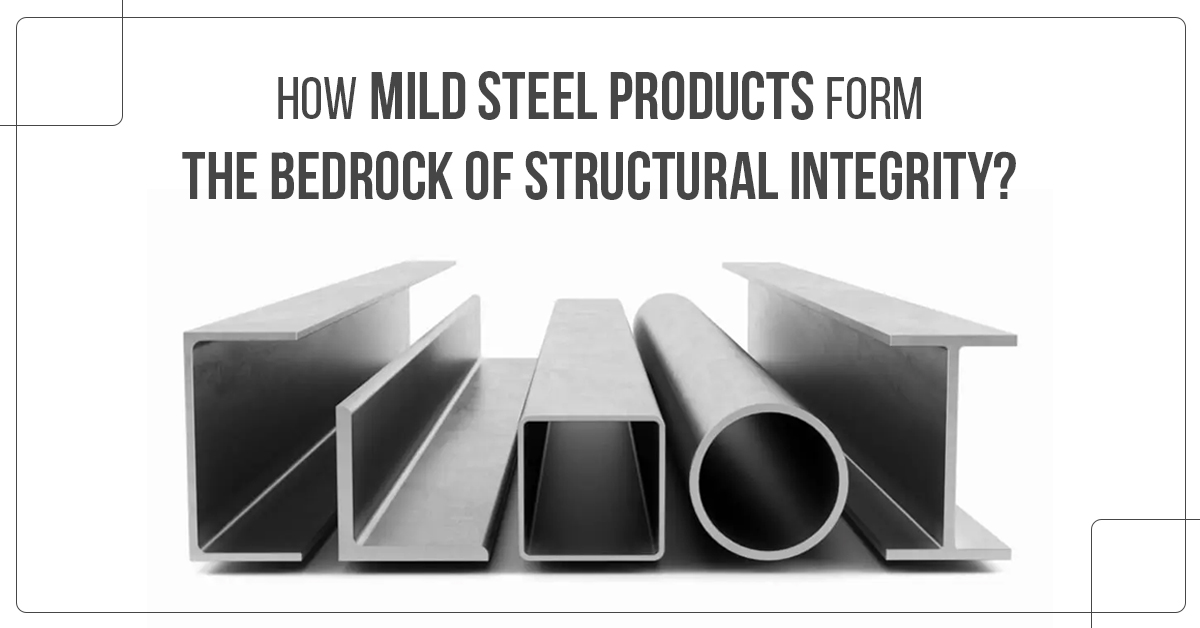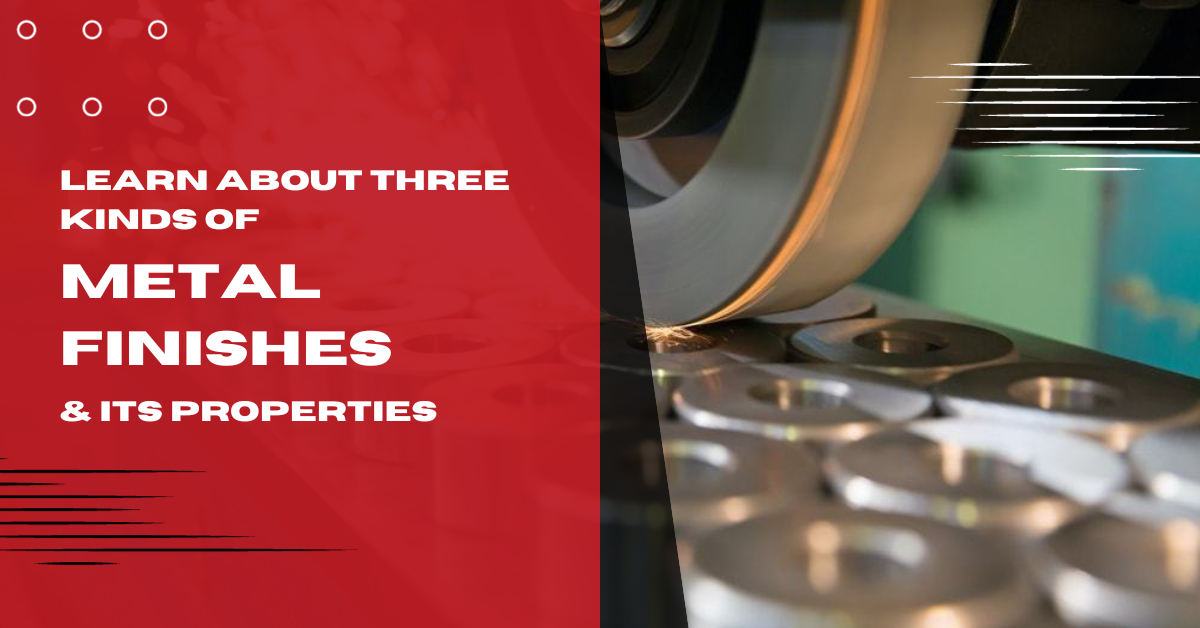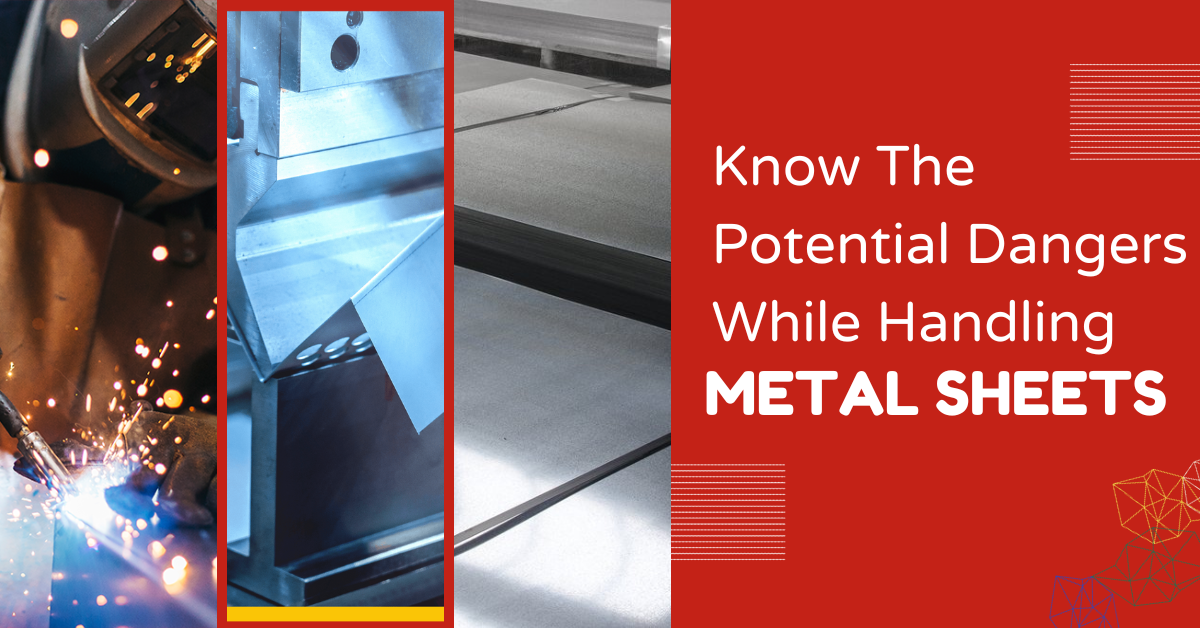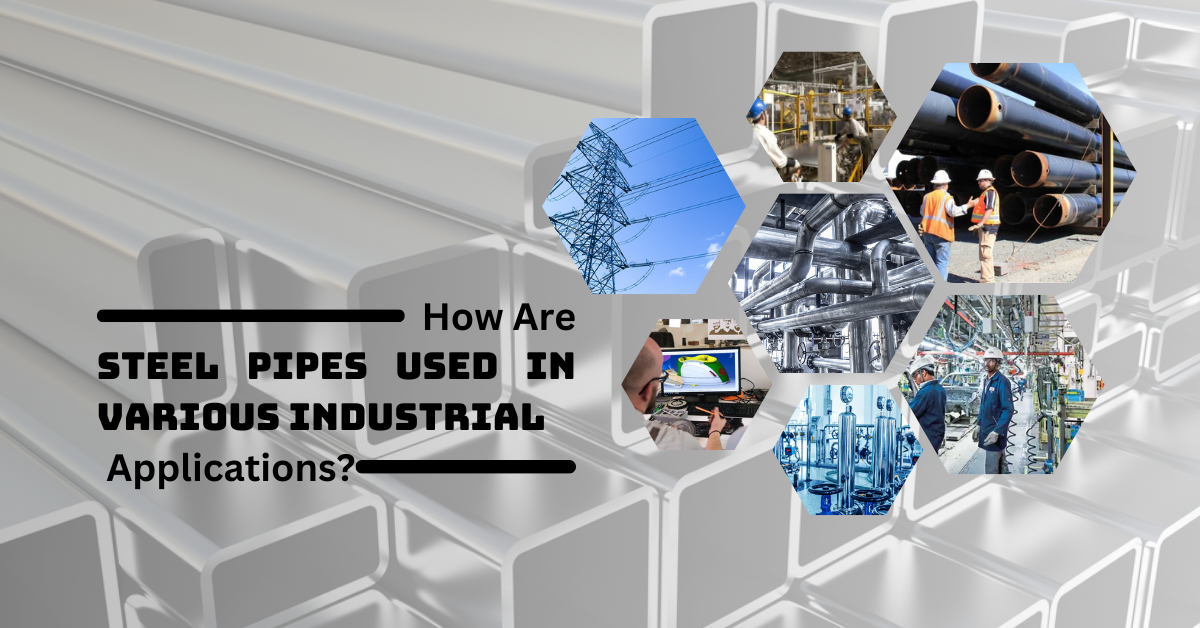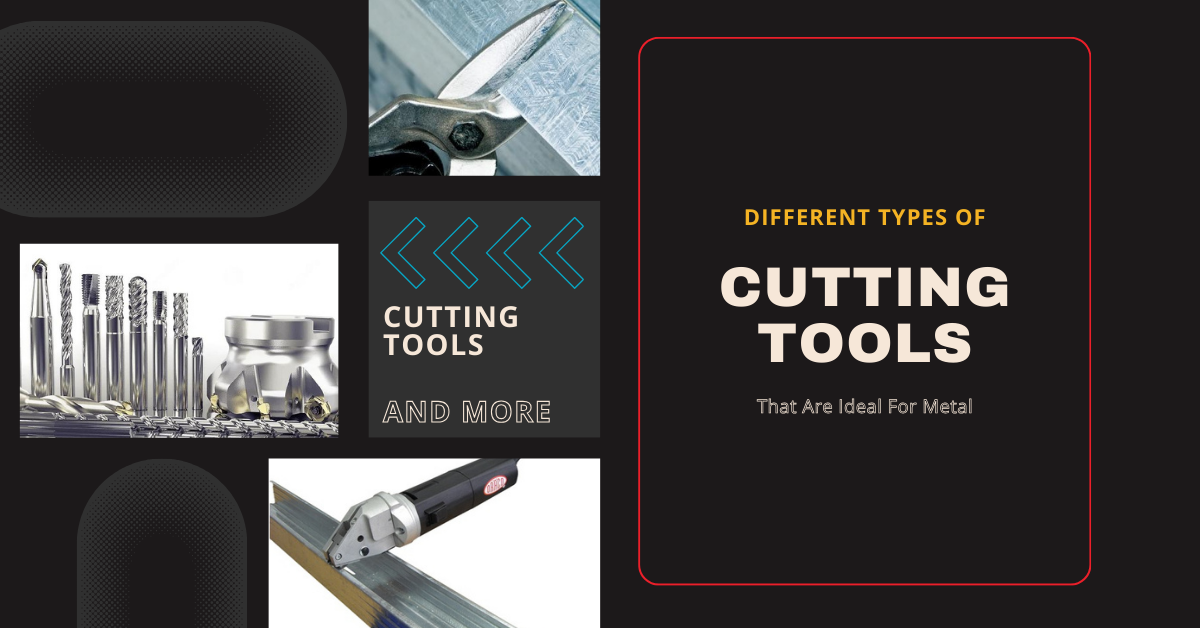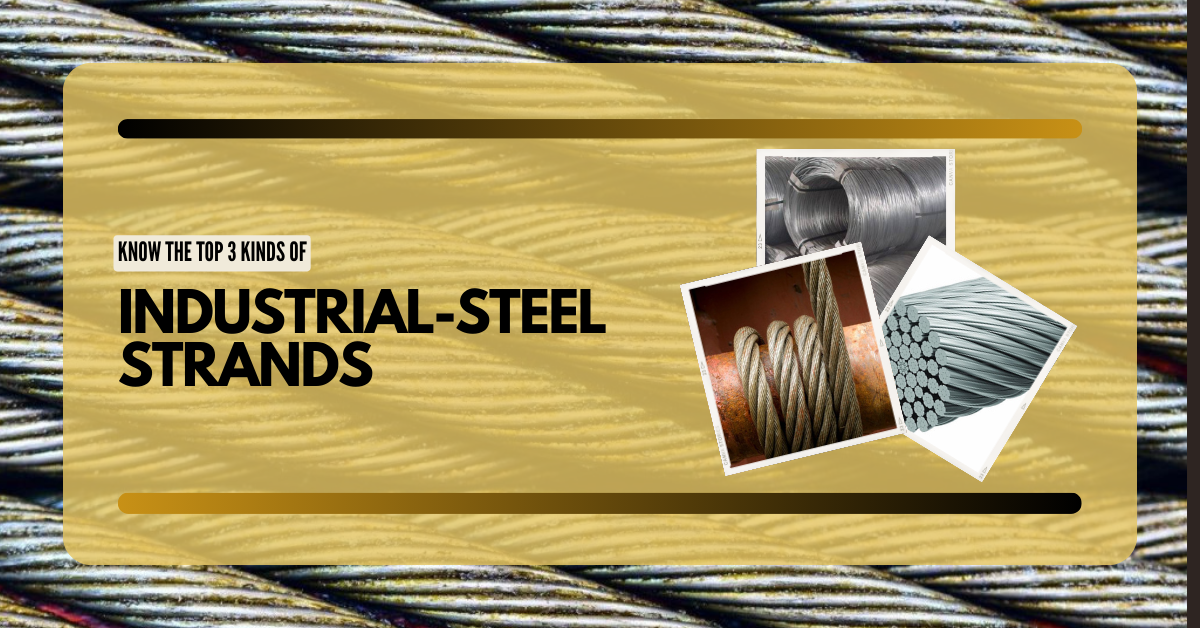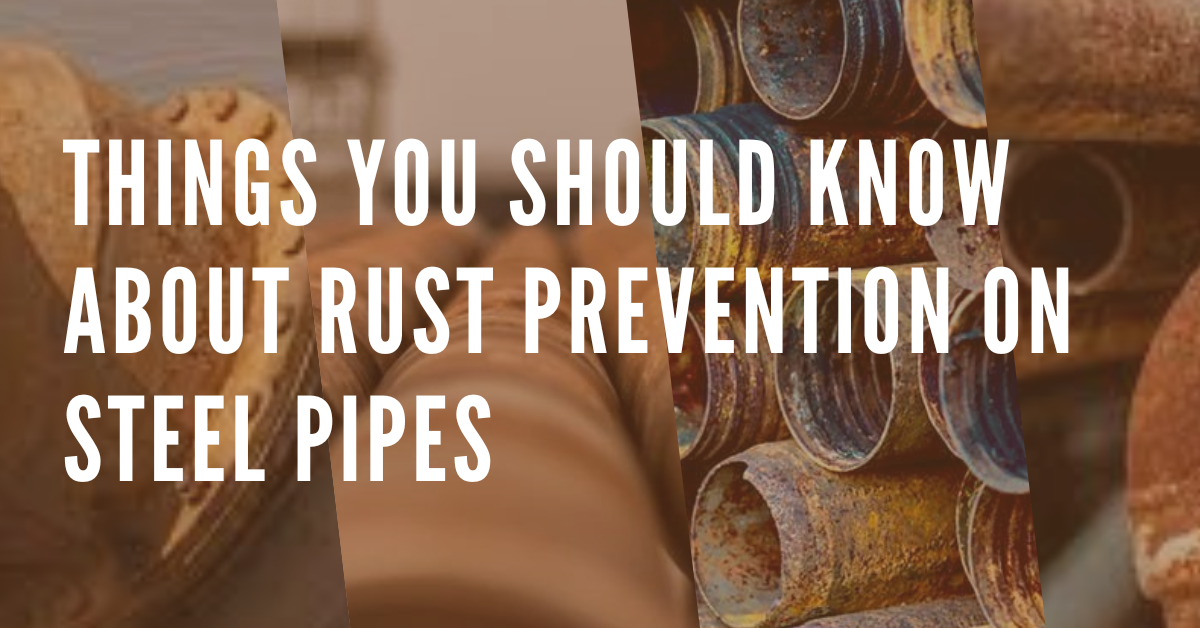The pursuit of durability and dependability is crucial in engineering and construction. Mild steel is a key component in building long-lasting constructions and stands out among materials for its excellent qualities. Mild steel products offer lifespan, stability, and safety in anything from towering skyscrapers to complex industrial machinery.
Defining The Versatility Of Mild Steel:
Mild steel, also known as low-carbon steel, is distinguished by its unique composition, which combines strength and malleability. Its carbon concentration is generally between 0.05% and 0.25%, making it appropriate for applications demanding critical formability and durability. Because of its outstanding qualities, this adaptable material, offered by Bharat Steels, one of the best steel dealers in Chennai, takes all the efforts to deliver high-quality mild steel to satisfy the diversified needs of many sectors.
Strength In Every Form:
Products made of mild steel are available in many different configurations, each designed for a particular need. Mild steel sheets and plates have exceptional load-bearing ability and serve as a sturdy construction foundation. The stiffness of frames and supports is increased using mild steel angles, while the unshakable resilience of pipes and tubes is used to channel fluids and glasses. Every piece of mild steel, including bolts and beams, is painstakingly engineered to act as a foundational piece of strength.
Structural Integrity & Beyond:
A network of mild steel components bears the weight of invention at the heart of every architectural marvel. With contributions from Bharat Steels, one of the best MS steel suppliers in Chennai, offers high quality mild steel, a key choice for bridges and skyscrapers structural integrity. Its ability to withstand the travel distances while carrying heavy cargo makes it crucial to connecting communities and ensuring safe passage. Bharat Steels’ dedication to producing high-quality mild steel improves the dependability and durability of these vital structures, reinforcing the company’s role in defining the cityscape and infrastructure environment.
Industrial Might & Precision:
Mild steel products, such as those offered by Bharat Steels, serve as workhorses in the industrial arena, powering production processes and machines. Conveyor belts, for example, rely on the strength and resilience of durable materials to carry items smoothly and efficiently, maintaining the flow of production. Storage racks, another essential component of industrial settings, provide solid support for inventory and resources, assisting in the organization and efficiency of warehouse management. These specialized components can be precisely designed from mild steel to fit the needs of complicated machinery, enhancing overall productivity across a wide range of sectors.
Weathering The Elements:
The battle against corrosion is an ongoing challenge in construction, particularly in harsh environments. Mild steel’s resilience extends to its ability to withstand the elements, with advancements in coatings and galvanization further enhancing its corrosion resistance. These protective measures bolster the material’s lifespan, ensuring its supporting structures remain steadfast.
Bharat Steels, advocate for strength, stability, and durability in modern engineering through their products such as MS chequered plate, channels, pipes and many more. This durable basis for current buildings and future developments is distinguished by mild steel’s versatility and eco-friendliness. Hence, approach us for quality steel products and robust steel structures.

